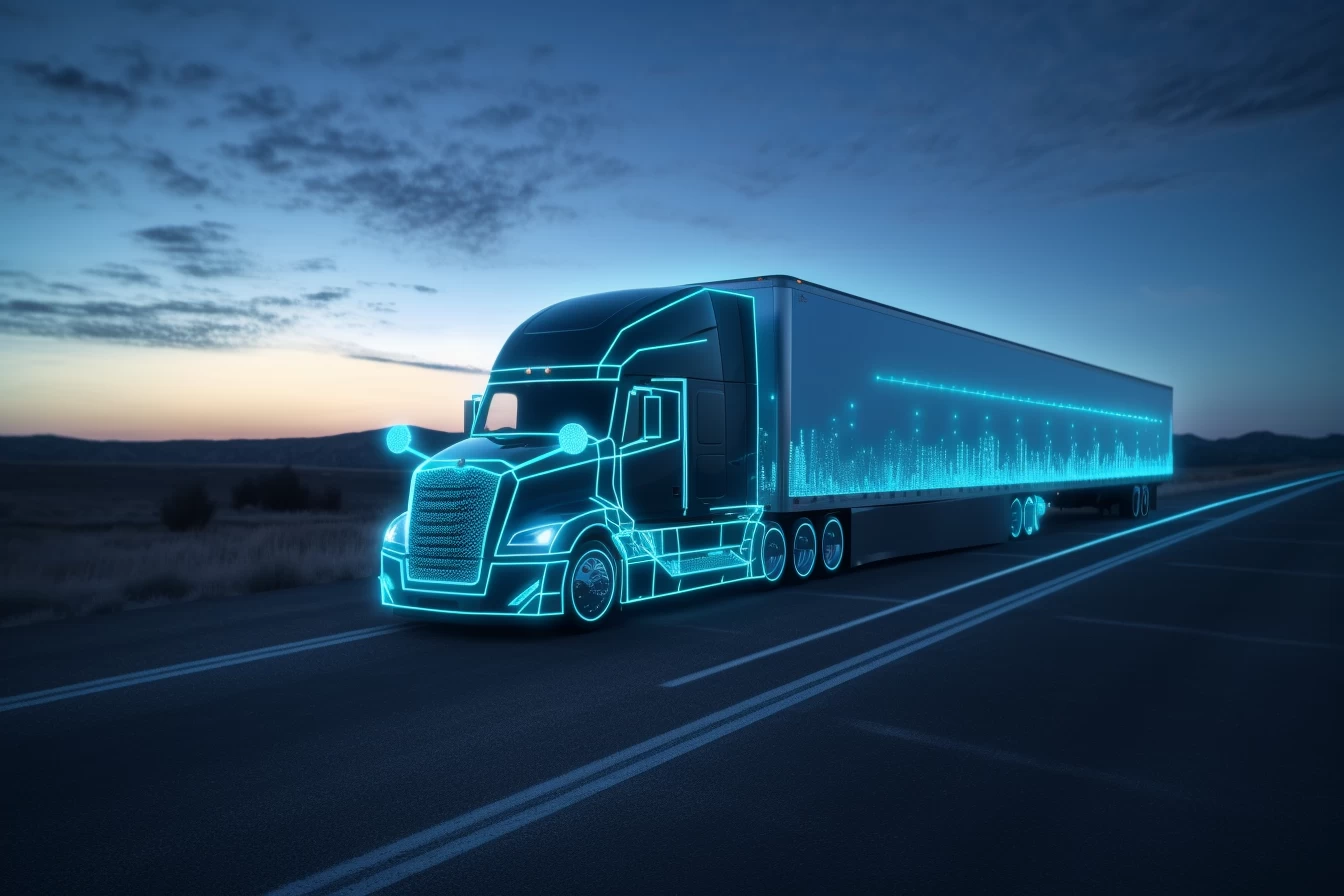For decades, distributors have been the essential link in supply chains, bridging the gap between manufacturers and end customers. They have thrived on building relationships, managing inventories, and navigating complex logistics. However, in the digital age, this traditional model is under pressure. As technology advances and customer expectations shift toward speed, convenience, and transparency, the role of the distributor is rapidly evolving. This article delves into how distributors are adapting to this new landscape, the challenges they face, and the strategies they are deploying to remain competitive.
The traditional role of distributors
Distributors have long been the cornerstone of many industries, from construction and manufacturing to healthcare and consumer goods. Their primary role has been to maintain inventory, offer credit facilities, provide logistical support, and nurture relationships between suppliers and customers. These activities require significant expertise, deep market knowledge, and strong personal relationships, which have historically been the distributor’s greatest strengths.
However, the traditional distribution model has not been without its limitations. It is inherently labor-intensive, relying heavily on manual processes and paperwork. Moreover, the traditional model often lacks scalability due to its dependency on physical infrastructure and local market knowledge. Distributors are also constrained by geography, limiting their ability to serve customers beyond their immediate region. Inventory management, while a core function, is often inefficient, leading to excess stock or stockouts that impact service levels and profitability.
Additionally, traditional distributors face challenges such as fluctuating market demand, increased competition, and rising operational costs. They must constantly navigate complex supply chains, manage credit risk, and maintain customer relationships—all while operating on thin margins. These challenges are magnified in today’s digital age, where customers demand more speed, convenience, and transparency than ever before.
The rise of digital commerce
The digital revolution has fundamentally transformed the way businesses and consumers purchase goods. The emergence of digital platforms like Amazon Business, Alibaba, and others has redefined the distribution landscape. These platforms offer a level of convenience, speed, and transparency that was previously unimaginable. Buyers can now browse a vast range of products, compare prices, read reviews, and place orders—all from the comfort of their home or office.
This shift towards digital commerce is not just a trend; it represents a profound change in buyer behavior. Today’s buyers expect a seamless online experience, complete with comprehensive product information, easy ordering, and rapid delivery. They want the flexibility to purchase from any device, at any time, and they expect real-time inventory visibility and tracking.
For distributors, this shift presents both a challenge and an opportunity. Those who can adapt and leverage digital technologies to meet these new expectations will thrive. Those who cannot will struggle to survive in an increasingly competitive landscape. To remain relevant, distributors must embrace digital transformation and rethink their traditional business models.
Disruptive forces in the distribution industry
Several forces are driving disruption in the distribution industry. First, the rise of digital-only players and marketplaces is reshaping the competitive landscape. These new entrants, often backed by private equity and venture capital, are using technology to streamline operations, reduce costs, and deliver a superior customer experience. They are not encumbered by the legacy processes and systems that hinder many traditional distributors, allowing them to move quickly and adapt to changing market conditions.
Take, for example, Supply Hub, a digital-focused company that has emerged as a direct competitor to Amazon Business. Unlike Amazon, which operates as a marketplace, Supply Hub focuses specifically on distribution, offering a broad product range with the complexities of a traditional distribution business but with a faster, tech-driven approach. These digital disruptors are leveraging technology to provide a customer experience that is both fast and frictionless, setting a new standard in the industry.
Another disruptive force is the growing influence of private equity and venture capital in the distribution sector. These investors see an opportunity to disrupt traditional distribution models by investing in technology-driven businesses that can scale rapidly. They are funding startups that prioritize digital-first strategies, focus on customer experience, and use data analytics to gain a competitive edge.
These disruptors do not resemble the conventional distributors of the past. They are agile, digital-first companies built from the ground up with technology at their core. They focus intensely on customer experience, data-driven decision-making, and rapid scalability, giving them a significant advantage in the market.
The digital plus strategy for distributors
To stay competitive in this new landscape, many traditional distributors are adopting a “Digital Plus” strategy. This approach combines digital capabilities with their unique competitive advantages, such as personalized customer service, specialized knowledge, and value-added services.
A “Digital Plus” strategy emphasizes the need to enhance digital capabilities while leveraging the core strengths that differentiate a distributor from digital-only players. For instance, while Amazon Business might offer two-hour shipping, a traditional distributor can differentiate itself by providing expert advice through live chat, customized product recommendations, and faster local delivery options.
Key components of a “Digital Plus” strategy include:
- Enhancing Customer Experience: Developing a seamless online platform that offers personalized experiences, easy navigation, and a variety of self-service options. This includes providing features like advanced search, easy reordering, and tailored product suggestions.
- Leveraging Technology: Investing in modern eCommerce platforms, ERP systems, and Product Information Management (PIM) solutions to manage online operations effectively. Integration of these technologies enables real-time inventory management, dynamic pricing, and streamlined order processing.
- Building a Data-Driven Organization: Using data analytics to gain insights into customer behavior, identify trends, and optimize inventory management. Distributors can use this data to tailor their offerings, improve operational efficiency, and drive growth.
- Creating Quality Content and Product Information: Investing in high-quality product content, including detailed descriptions, images, specifications, and videos, to help customers make informed decisions. This is crucial for attracting and retaining customers in the digital marketplace.
Core areas of digital transformation for distributors
- Customer experience: The digital age is all about the customer experience. Distributors must ensure their online platforms are user-friendly, provide comprehensive product information, and offer seamless ordering processes. This includes implementing features like advanced search, easy reordering, and personalized product suggestions based on previous purchases. A superior customer experience can help distributors retain customers and attract new ones.
- Technology adoption: Technology is the backbone of any digital transformation. Distributors need to invest in modern eCommerce platforms, ERP systems, and PIM solutions to manage their online presence effectively. Integration of these technologies allows for real-time inventory management, dynamic pricing, and streamlined order processing. By adopting the right technology, distributors can enhance their operational efficiency and better meet customer needs.
- Data-driven decision making: In the digital age, data is a valuable asset. Distributors can leverage data analytics to gain insights into customer behavior, identify trends, and optimize inventory management. By analyzing purchasing patterns and customer preferences, they can tailor their offerings, improve operational efficiency, and drive growth. Data-driven decision-making can help distributors stay ahead of the competition and meet changing customer expectations.
- Content and product information: In the digital world, content is king. Rich, accurate, and comprehensive product information is crucial for attracting and retaining customers. Distributors must invest in high-quality product content, including detailed descriptions, images, specifications, and videos, to help customers make informed decisions. By providing valuable content, distributors can enhance the customer experience and build trust with their customers.
- Digital marketing and customer engagement: Developing an effective digital marketing strategy is essential for reaching new customers and retaining existing ones. This includes using tools such as search engine optimization (SEO), pay-per-click (PPC) advertising, email marketing, social media, and content marketing to engage customers across multiple channels. Distributors can also use digital tools to automate marketing campaigns, track customer engagement, and measure results.
- Supply Chain Optimization: The digital age offers new opportunities to optimize supply chain operations. Distributors can use technologies like IoT, AI, and blockchain to enhance supply chain visibility, improve inventory management, and reduce costs. By optimizing their supply chain, distributors can deliver a superior customer experience and gain a competitive edge.
Don’t outsource digital transformation to the digital team or IT
A common mistake many organizations make is treating digital transformation as the sole responsibility of the digital team or the IT department. Even if there is an executive with the title of “Digital Transformation Officer,” this is not a one-person or one-department job. Digital transformation is a comprehensive initiative that requires the involvement and collaboration of all executives across the organization. Each executive plays a unique role in driving this change.
Digital transformation involves rethinking business processes, customer engagement strategies, and even organizational culture. It impacts every function, from finance and operations to marketing and customer service. Thus, each executive must understand their specific role in this transformation. For example, the CFO’s role goes beyond simply approving the budget for digital initiatives; they must drive financial process optimization, enable data-driven decision-making, and ensure that digital investments deliver strong ROI.
Similarly, the Chief Marketing Officer (CMO) must align digital transformation with customer experience strategies, while the Chief Operating Officer (COO) focuses on optimizing supply chain and operational efficiencies through digital tools. Every executive must embrace digital transformation as a core part of their function, fostering a collaborative culture where digital becomes an integral part of the organization’s DNA.
Barriers to customer adoption in the digital age
While internal barriers are significant, distributors also face challenges related to customer adoption of digital channels. As the demographic makeup of buyers changes, so too do their expectations and behaviors. Millennials and Generation Z, who have never known a world without the internet, are becoming the dominant decision-makers and influencers in B2B purchasing. These digital natives expect seamless, efficient digital interactions and are less tolerant of outdated, manual processes.
For these newer generations of buyers, a digital experience is not just a preference—it is a baseline expectation. They are accustomed to the ease and convenience of consumer platforms like Amazon and expect similar experiences in their professional lives. They want instant access to information, easy-to-use interfaces, and quick, self-service options. The idea of having to make a phone call or wait for a sales representative to provide information can be a significant deterrent.
Distributors must therefore address these shifting expectations by enhancing their digital offerings. This includes:
- Simplifying the Digital Experience: Make it easy for customers to find what they need. Implement features like advanced search, clear navigation, and personalized product recommendations. Ensure that the website or digital platform is intuitive and mobile-friendly, as many younger buyers prefer to research and make purchases on their smartphones.
- Offering Self-Service Options: Today’s buyers value the ability to manage their accounts, place orders, track deliveries, and handle returns on their own without needing to contact a sales representative. Distributors should provide comprehensive self-service capabilities to meet this demand.
- Providing Transparent Information: Digital-native buyers expect transparency in pricing, availability, and delivery times. Distributors need to ensure their platforms offer real-time data on inventory levels and shipment tracking. Providing this level of transparency builds trust and encourages repeat business.
- Utilizing Digital Marketing Channels: Engage with millennial and Gen Z buyers on the platforms they frequent. This means investing in social media, email marketing, content marketing, and other digital channels to stay top-of-mind and provide value through useful content and resources.
- Building Community and Engagement: Younger generations often value community and peer feedback. Creating spaces for customer engagement, such as forums, social media groups, or webinars, can help build a sense of community and loyalty around the brand.
By adapting to these changing customer expectations and reducing barriers to digital adoption, distributors can not only attract and retain younger buyers but also position themselves as forward-thinking and responsive businesses in a competitive market.
Future trends and opportunities for distributors
As digital transformation continues, several emerging trends and opportunities are shaping the future of distribution. Technologies like Artificial Intelligence (AI), the Internet of Things (IoT), and blockchain are set to revolutionize supply chains, offering new ways to enhance efficiency, traceability, and customer experience.
For instance, AI can be used to automate routine tasks, optimize inventory levels, and personalize customer interactions. IoT devices can provide real-time data on inventory levels, equipment status, and delivery times, enabling distributors to make more informed decisions. Blockchain technology can enhance transparency and security in supply chains by providing a tamper-proof record of transactions.
Moreover, there is a growing focus on sustainability and ethical sourcing. Customers increasingly demand transparency in their supply chains and prefer to do business with companies that prioritize environmental and social responsibility. Distributors that embrace these trends and incorporate them into their digital strategies will be well-positioned for future growth.
Opportunities for partnerships and collaborations also abound. By partnering with technology providers, logistics companies, or even other distributors, businesses can enhance their digital capabilities, extend their reach, and improve their service offerings. Collaborations can help distributors expand their market reach, leverage complementary strengths, and offer a more comprehensive range of services to their customers.
Conclusion
The digital age has fundamentally changed the distribution landscape, presenting both challenges and opportunities for traditional players. To stay relevant and competitive, distributors must embrace digital transformation, leveraging their unique strengths and adopting new strategies to meet evolving customer expectations. By pursuing a “Digital Plus” approach, focusing on customer experience, technology adoption, data-driven decision-making, and content quality, and reducing barriers to both internal and customer digital adoption, distributors can not only survive but thrive in this rapidly changing environment.
Now is the time for distributors to take action, innovate, and redefine their role in the supply chain. The future belongs to those who are willing to evolve.









